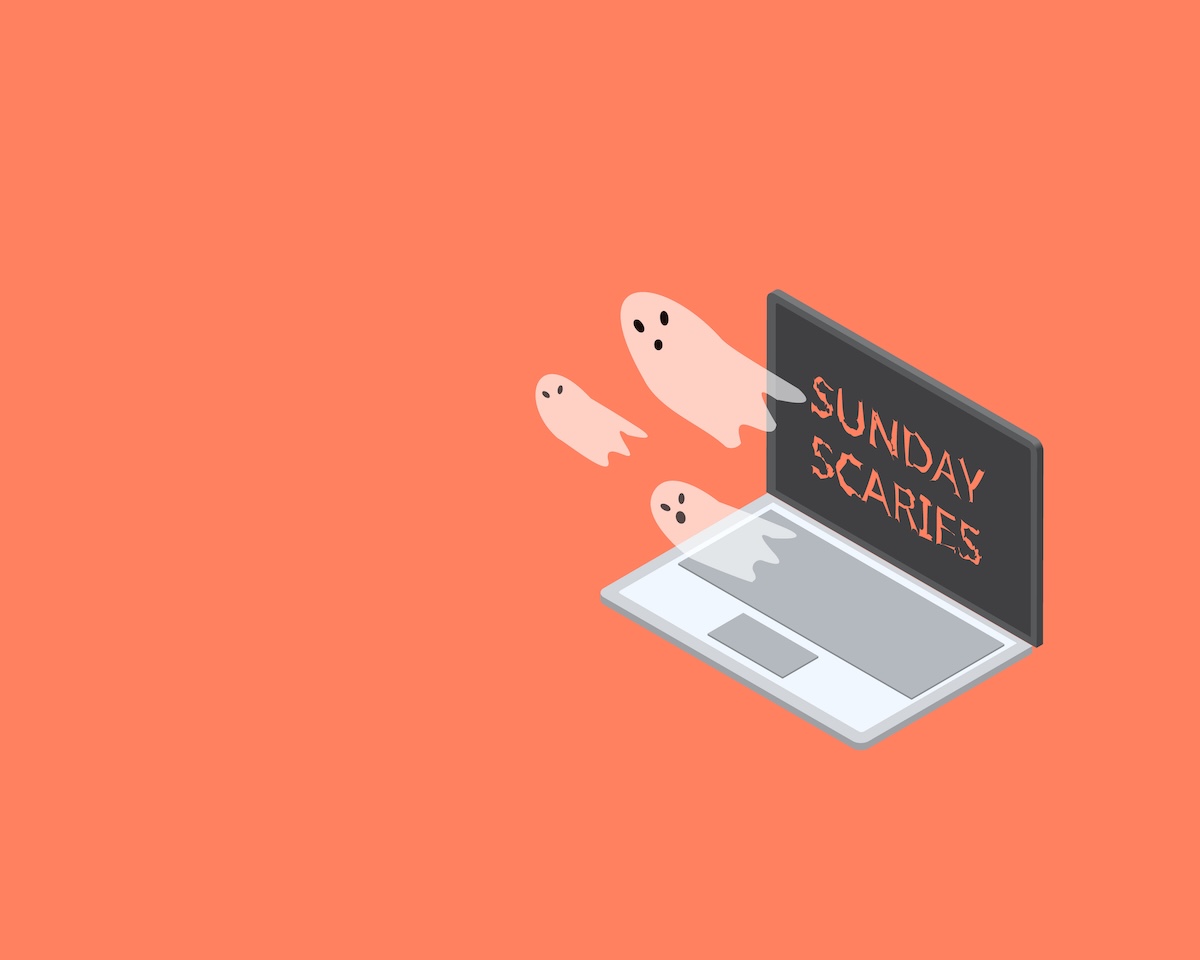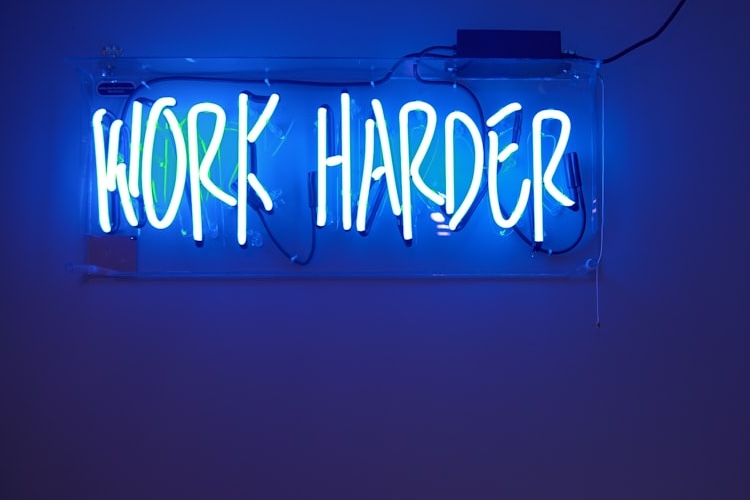Stress and threats influence thinking. Our best thinking, productivity, and performance occur when we are calm and alert. Being able to regulate is how we manage stress to gain access to our best thinking. The model of our brain’s response to stress shown below has been used to help individuals, communities, and organizations get through stressful and threatening times so they can achieve the best possible outcomes. Here are some tips for for managing your stress to create a productive work-from-home routine.

Practical Tips for a Better Work-from-home Routine
Cultivate Your Routine
Reflect on your previous routine. You may have spent years developing your previous routine whether or not you did so intentionally.
- Before. There were things that you did before work that put you in a position to work at your best. Include them in your routine now. Find replacements for ones that you aren’t able to do. That might include exercise, coffee or tea, reading, podcasts, music, getting dressed for work, and connecting with others.
- During work. What does a good day look like? What will you do to have a good day? Schedule blocks of time, including breaks to regulate stress. Create planned activities to help organize your day and do things that you find rewarding. For example, try picking two activities one you like (e.g., taking a break) and one you like less (editing a memo). Schedule the one you like after you complete the one you like less. This will provide pull from looking forward to the positive event as soon as you get through the less positive one.
- After. Identify ahead of time when you will stop working. Write it down. Reflect back on your day and how it went to help make adjustments going forward. What went well? What took you off track? Use reflective learning to fine tune your plan. Plan for how you will regulate yourself at the end of the day (e.g. walking, cooking a favorite meal, having a virtual cocktail with a friend).
Structure Routine to Achieve Benefits
Be deliberate about the structure and routine you develop and fine tune. When it is a habit, it will require less effort and brain power. What kind of practice will help you?
- Focus and get things done
- Make things predictable and controllable
- Bring normalcy and comfort to your days
- Regulate threats to good days
- Create white space to anticipate, plan, and think
Micro Plan
Micro-plan part of your day by asking yourself:
- What does a good morning look like?
- What are threats to my good morning?
- What can I do more of/less of to have a good morning?
Take Breaks to Regulate
Regulation is necessary in order to access our best thinking. Build in strategies that help you focus, remain calm, be present, and be at your best. Taking a brief walk is likely a lot more regulating than turning on the latest breaking news. Earn the right to your media time rather being constantly plugged in. Schedule your breaks for the day ahead of time. Be sure to not just take breaks but take breaks that are regulating rather than dysregulating.
Space and Place Matter
Be deliberate about how you set up your work area(s). Include elements that help you focus and tamp down on distractions and threats to having a good day. If the space/place is used for multiple uses, find ways to build in transition points. Break down your work area and reset it for the next use. Reduce clutter to keep you focused. Find different areas of your work space for different tasks. You might write at a desk and do email at the kitchen counter. What are you seeing as you look up? How might you make that more regulating? Remember that looking at nature (e.g., trees blowing in the wind, a bird sitting in a tree) are far more regulating than looking at manufactured objects such as lamps, walls, or a calendar on the wall. Looking at a great piece of art that you love will help too.
Tap Into Your Virtual Community
Proximity is no longer a barrier to working with others. Who might you connect with to help you regulate and be at your best? Recognize that how you interact when working from home can be a chance to expand your virtual community. Connect via video so you can see and hear others. Build in a daily cadence to reach out to people from your work and personal life. You had so many routine interactions before. Replace them with 3 or more brief, positive, virtual connections each day.
Focus and Switch
Mono-tasking is focusing on one thing at a time. Those who appear to be good at multi-tasking are often hyper-focused on the task at hand, complete it, and quickly switch to the next one with the same kind of focus. A person who was accomplished in several unique fields was asked how he did it. His reply: “when I am opening the mail, I open the mail.” Focus on your task at hand, do it well and to completion (or a sub-step to completion), and switch to the next one. Constant switching without finishing is costly in terms of brain power and actually increases stress when you realize that you have worked hard and have not finished anything.
Reflect on How Your Routine is Working
Reflect on this new routine as you are working from home. What do you need to do more/less of to regulate, connect, and be productive? When you had good days, what helped? When the days didn’t go well, what took you off track?
Take Action
Based on this list of practical tips, what 1–2 actions will you try that will make the biggest difference?








